Disclaimer: The advice given in this article is to provide guidance regarding travel anxiety for those who are ready to travel and who are where travel is permitted and safe. If you feel that you are not ready to travel due to emotional or physical health or if stay-at-home orders are still in place in your area, then please don’t do so.
After staring at the same walls and interacting with the same people over the past two years, many of us are planning long trips and taking to the roads and skies as soon as possible.
As comforting as it may seem to finally travel, the truth is that the way in which we travel and how we feel about it have changed, and it will be quite some time before it will feel as safe as it once did. If you are looking to plan a trip, yet are feeling anxious, then here are four ways to manage your anxiety as you plan and begin to venture out into the world again.
Plan Ahead
Our routines for planning a vacation used to be straight-forward: pick a destination based on the preferences of you, your family, or your accompanying friends and go online to make all the arrangements. Today, fewer flights are available, restaurants and stores have reduced capacities and hours, and restrooms feel like mine fields of infection. You can manage or reduce this stress altogether through the following suggestions.

Flying: Expect a More Complicated Boarding Process and Flight Route
Be prepared for flight schedule changes before and after booking. Also be prepared for more connecting flights as many long-haul direct routes have been grounded to ensure regular cleaning aboard.
Check the airport’s website and your government’s travel security agency, like the TSA, to learn the expectations and protocols before you arrive at the airport. Even seemingly minute actions, like forgetting to bring your mask, can provide security enough reason to bar you from boarding or even entering the airport. So, read ahead and be prepared!

Driving: Give Up Spontaneity for Safety
If traveling by road, determine which restaurants and road-side coffee shops to visit along the way. Check their websites and contact them to see if they’re open and how they are serving customers; e.g., curbside contactless pick-up or limited inside or outside dining. Also ask if they may have their bathrooms open to the public, and if they do, how often they are cleaned.
One can never depend on all public rest stops to be open even in the best of times, and the pandemic has rendered a great many shuttered. This makes it more important than ever to know which are still open while you plan your itinerary. A quick Google search of “rest stops along (the highway, freeway, or route)” tends to yield accurate results. Be sure to mark those that are in your map. If any seem indeterminable, then contact the transportation department of your county, state, or province to inquire. In addition to phone and email, many are reachable by DM, too!

Verify Your Hotel’s Sanitation Policies
Check the website of the hotel or the Airbnb listings for their current sanitation policies. Also be sure to ask if their ventilation systems are centralized — i.e., if it is connected to other rooms where other guests may be staying. This is especially important for anyone who may be high-risk, for cough droplets can be carried through such systems. Remember, managers and hosts prefer that you ask questions and be prepared rather than making assumptions that could risk the welfare of you, them, and other guests. In the end, you’ll be less frustrated and anxious and so will everyone else.
During your preparation, you may come across some hotel workers, boutique owners, or museum staff who may shrug off your questions and claim that you shouldn’t be worrying. If your gut is telling you that this means they are not taking the pandemic seriously, consider making plans somewhere else. It’s better to be safe than potentially lose a family member because a tourist destination refuses to sanitize or require their staff to wear masks.

Wear a Mask — Indoors and Outdoors
Why You Should Wear a Mask Indoors
The practice of wearing face masks is still very novel to most around the world, and unfortunately, the practice that’s designed to keep all of us healthier has become politicized. While its necessity is debated ad nauseum, its meaning in the context of travel is clear: to show respect for the health and welfare of those around you. When you visit an establishment, it communicates to others that you’re compassionate and considerate of those in your immediate area, and that you take responsibility seriously. The lack of a mask communicates that you’re only concerned with your own health. If we all want to promote communal solidarity, then showing compassion for each other is more effective than showing self-centeredness.

Why You Should Wear a Mask Outdoors
While wearing a mask outdoors might seem counter-intuitive — the point of hiking is to get fresh air and to exercise — if you are huffing and puffing alongside hundreds of strangers on a tight trail, what you’re inhaling is not all fresh air.
If you are planning to visit parks like Yosemite, Yellowstone, or Zion, prepare for crowds wherever you turn. Even if you have regularly visited smaller parks every summer since you can remember, keep a mask on you and change your behavior accordingly.
Disclaimer: For those with allergies, claustrophobia, PTSD, or respiratory illness, wearing a mask might be panic-inducing. If that is the case for you, try to avoid packed spaces where you cannot easily stay at least six feet away from others. This will not only protect yourself but also help others from not being anxious around you.
Make Downtime a Regular Event in Your Itinerary
Venturing back out into the world — even just the next town over — can be harrowing just given the fact that we can’t control so many factors: who we encounter, whether or not they have symptoms, and if once-dependable amenities and services are even operating. That said, our fight-or-flight instincts will be heightened throughout the day, meaning that downtime will be more important than ever to avoid having full-fledged anxiety attacks. Fortunately, there are a myriad of activities that you can do to find calm: simple walks in parks, board games that you pack with you, or simply breathing, meditating, and stretching. Don’t be ashamed to let others in your travel party know that you need this time — in fact, they most likely will want downtime, too! If you’re accompanied by children or other dependents, invite them to participate. Include them in your downtime or take it while they release their energy elsewhere. After all, everyone can use some downtime, not just those with travel anxiety.
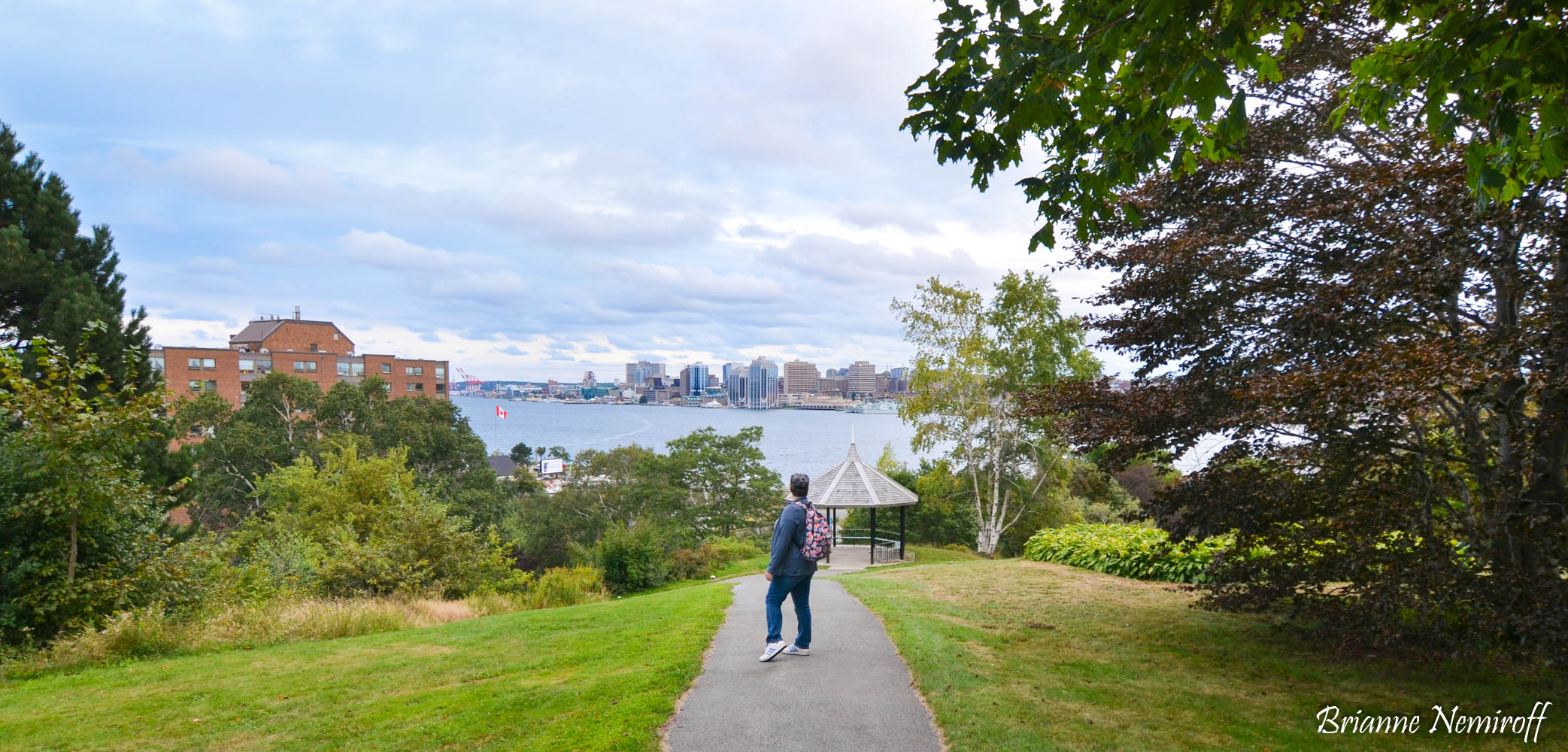
Choose Destinations That Are Close and Smaller
Popular destinations where tourism is a major industry have suffered great economic turmoil during the pandemic. New York City, for one, lost $10 billion that it expected to make on the tourists and visitors who never arrived, while British Columbia lost $19 billion from the loss of tourism and filming. Many of us cherish these destinations and hope that they recover soon, yet densely populated areas with strained infrastructure and services is not the wisest choice for a first trip out into a recovering world. All of us are now recovering from some form of anxiety, and we don’t need any more of it — especially when we find ourselves in environments that we can’t control. The best means to avoid all of that is to have your first trip be to a nearby smaller destination. The calmer pace, fewer activities, wider public spaces, and smaller populations will allow you the opportunity to re-acclimate without the jolt of travel anxiety that you’d get from more popular destinations.
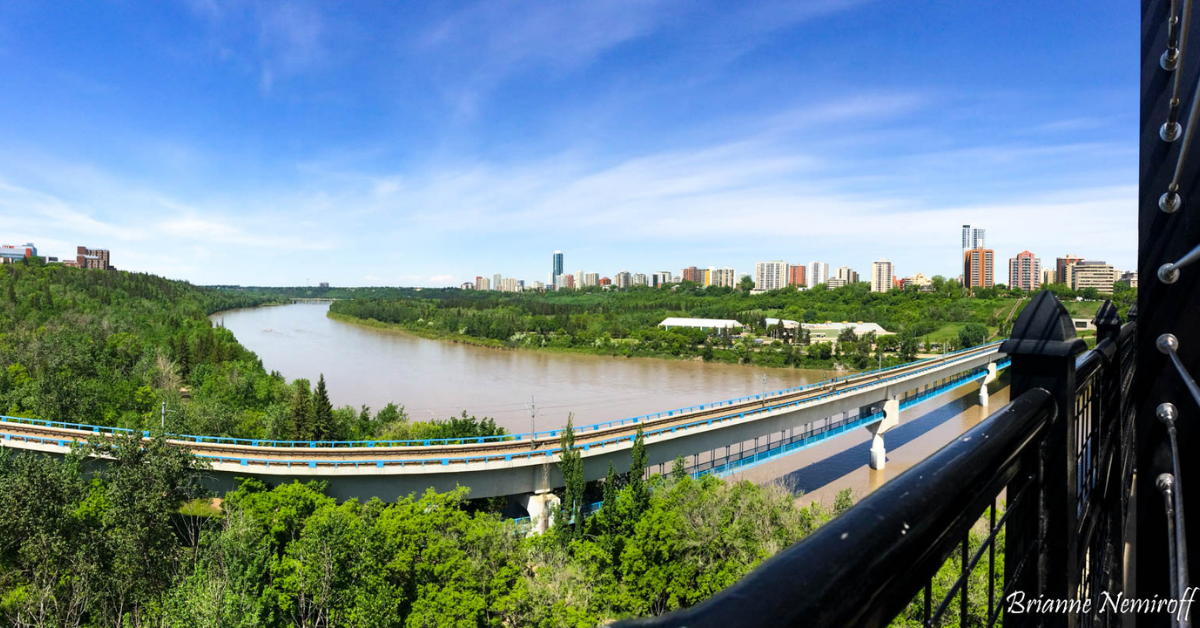
Whether we accept it or not, the world has changed since the beginning of the pandemic, and each of us will experience travel anxiety as we begin to explore again. The sure way to reduce it, though, is not to ignore how we and others feel and force ourselves to carry on as if nothing troubles us. Planning an itinerary with some research and being honest and patient with ourselves and others is the sure way to bring some healing, and even some more compassion, as we return to the outside world.
To learn more about the best vegan-friendly destinations, sign up for our newsletter via the form on the right of the page.

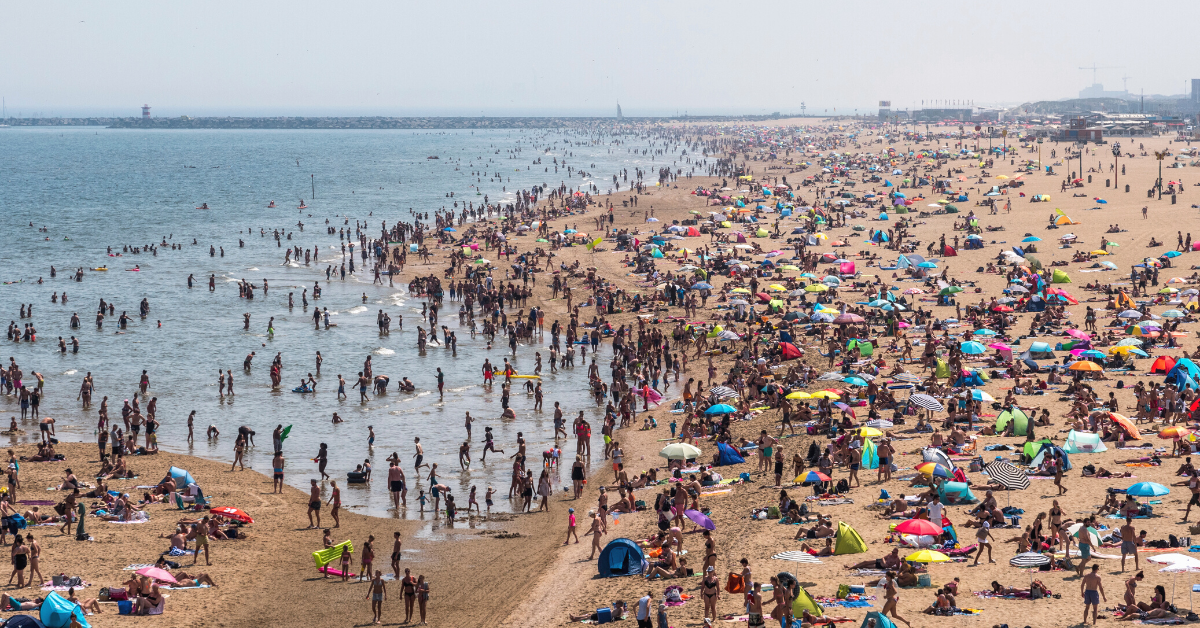





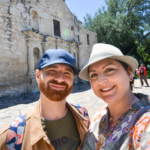
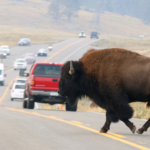





2 Responses
Yes, closer is better, thank you for posting!
Definitely! Most people never truly explore their own backyard and instead travel far and wide. I know so many people who can’t really offer recommendations for their own city because they don’t do anything but go to work or run errands. Explore your hometown!